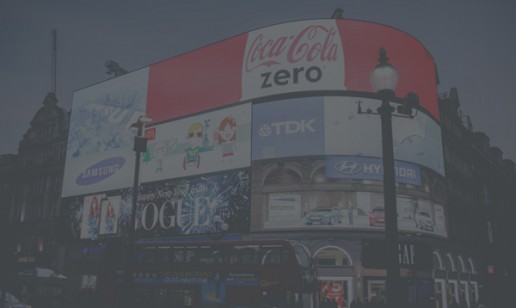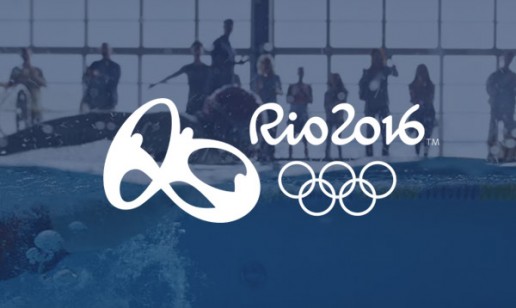The Experts Weigh in On Programmatic and Performance in the Year Ahead
It comes as no surprise, that more brands are turning to Performance Marketing, and to vendors who can provide the technology to facilitate Performance.
Performance Marketing is on the up and up, year after year. In a recent article on MarTech Today, columnist Jim Yu discussed Performance as an imperative for CMOs worldwide.
At the heart of his discussion, he urges that performance-led platforms should be at the core of the marketing stack. As Yu puts it, “The CMO’s performance imperative demands that they can clearly demonstrate how every element of their spend is bringing about meaningful returns, lest they fall prey to the very real risk of budget-slashing.”
Performance is the overarching concern for marketers everywhere, to justify maintenance and growth of their budgets.
So it comes as no surprise, that more brands are turning to Performance Marketing, and to vendors who can provide the technology to facilitate Performance but not sacrifice scale. But where will Performance lead marketers?
We sat down with ClearPier’s Ad Ops and Client Services team to get a better understanding of the future of Performance Marketing in the year to come. Here’s what ClearPier’s Demand Optimization Manager, Terry Kalambalikis, and Digital Analyst, Albert Ng, had to say about performance marketing.


1. What can we expect for Performance Marketing in the year ahead?
Albert Ng, Digital Analyst:
I believe Programmatic buying will be the base of all digital performance marketing in the future. It’s the only way to move forward with accountable marketing.
The automation of programmatic buying will evolve and be extended towards optimization and contextual/behavioural learnings, in which as a result provide insight and recommendations to accelerate the process of taking the appropriate actions for a better performance
CTR will no longer be true measurement for performance. Instead, it would be primarily be measured through attribution.
Brands and Marketers will begin to realize that attributions requires them start applying processes to verify the data they are running on. Along with quality inventory, marketers will make the attributions part of a broader plan in order to create a solid foundation of data to run the most effective marketing campaigns.
2. What marketing trend or buzzword are you totally over?
Albert Ng, Digital Analyst:
“Engagement.” Honestly, this is probably THE most overused word amongst marketers. It is not an actual measurement of performance, it is a fluff word used to generalize any results of performance. It’s also not specific enough and so doesn’t provide enough insight. Scroll depth, for example, is a strong measurement because it indicates how deeply engaged your visitors are with your content.
Engagement alone will include accidental clicks which can skew your results. Engagement over time, on the other hand, is a more specific metric that actually tells you something: your visitor’s propensity to return after their first visit. Engagement, isn’t enough, you need to expand the metric to get real insights.
Terry Kalambalikis, Demand Optimization Manager:
“Millennial” – What is a Millennial? How do you really define an entire generation with varying interests, hobbies and issues? What really makes them different than anyone else aside from the year they were born?
I mean, you get 29 year olds who may like Hockey, Politics, Movies, Videogames etc., but you also get 50 year olds who can and do like the exact same things just as you get 17 year olds who may be interested in the exact same things. They consume the same content as anyone else, and aren’t the only ones using smartphones or social media.
So how does one market to Millennials? I think this word is over used by pretty much everyone and is just a lazy way to define a group that doesn’t really exist.
3. What do you think the biggest challenge advertisers and brands will now face?
Albert Ng, Digital Analyst:
With so much content being created daily digitally, it becomes difficult to be able to authenticate or verify any third party sources that are being run by the advertisers. Brand safety is going to be the top concern, globally which means only vendors who can guarantee it – or at least has brand safety as a top priority – will win.
Terry Kalambalikis, Demand Optimization Manager:
Not necessarily a new challenge, but I would say Ad Fraud.
There’s no fool-proof way to combat fraud, and no third party actually provides a solution that prevents it. You can monitor it, and possibly action on it once you identify the problem, and use various wrappers that may look out for suspicious traffic and monitor for bots, but in the end, it won’t stop the fraud from happening, and would require media buyers and marketers to actively monitor reports and react on the fly, which is not only a massive, time consuming task, but a task that is likely almost impossible.
Those that enable fraud always find new ways to get ahead of marketers and exploit the system, just the same as how those who create malware and viruses are almost always ahead anti-virus programs, so the fight against ad fraud will be something that will continue to be a problem through 2017, and likely grow into a larger problem as more and more spend is pushed into the digital ad space.
Want to learn more? Connect with our team at sales@clearpier.com
The Biggest Holiday Shopping Trends of 2016
Mobile a major factor in global
e-commerce sales this holiday season.
Did you know that worldwide retail e-commerce sales will climax at $1.9 trillion by the end of this year?
According to eMarketer, this year’s US holiday retail e-commerce is forecasted to grow 17% hitting $95 billion, and will represent nearly 11% of total holiday retail sales – the largest share of the pie, ever.

So, what are the biggest marketing trends we’re seeing as the holiday e-commerce season ramps up?
1. Sales growth driven by smartphones
Double-digit growth is expected all the way through 2020 when sales will hit $4 trillion. E-commerce is huge, especially during the holiday season and mobile is a driving factor of this growth.
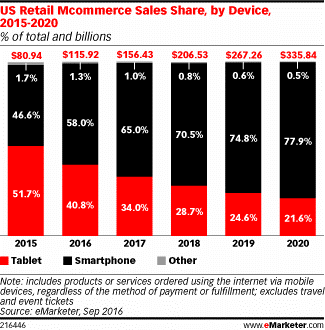
Retailers are in fact embracing mobile and seeking to improve the user’s purchasing experience on mobile.
Improved user experiences, bigger screens, and easy, efficient, and convenient payment methods are likely the main reasons why sales are improving on smartphones.
But more improvement is required to motivate more mobile conversions.
Earlier this year, GfK on behalf of Facebook IQ ran a study of 2400 adults who used mobile phones, tablets, desktops or laptops to research or buy items from online stores over three months. Consumers bought across a range of categories including consumer electronics, clothing, home appliances, home goods, and beauty (AdWeek).
 Although 55% of participants chose to purchase on mobile because of the convenience factor, the study revealed there are significant challenges that still exist for mobile sales.
Although 55% of participants chose to purchase on mobile because of the convenience factor, the study revealed there are significant challenges that still exist for mobile sales.
70% of participating shoppers stated that mobile website and app experiences can still be improved, and that includes a more streamlined final payment process.
Privacy problems, the inconvenience of multi-screen sequential browsing issues, accidental clicks on small screens, and clunky check out processes were all concerns expressed even by mobile friendly consumers.
2. Local mobile search will rise
Multiple consumer touch points are important in the process towards a completed conversion. One of the biggest pros of having a brick and mortar store to service consumers is enabling clients to actually touch and feel a product – a critical, real world touch point.
Interestingly enough, prospective clients are doing so with products in store and on their screens, simultaneously. Mobile in-store searches are up by over 30% according to Google.
Shoppers are increasingly buying on their screens within stores, despite the checkout being so near.

Take me as an example, I’ve been to Ikea a lot this past month (like 5 times and we’re only halfway through the month). Each and every time, I’ve hopped on Ikea’s free WIFI on my iPhone and run some searches before adding items to my online cart.
In fact, Google tells us that 43% of mobile shoppers in consumer electronics have purchased products on their phones while looking at said products in the aisle.
With so much information available at their fingertips for digitally savvy shoppers always looking for deals, you can bet this trend will keep on growing well into 2017. For marketers, this means capitalizing on programmatic geolocation targeting capabilities.
3. Retailers are focusing on unique in-store experiences, supported by strong social media presence
The holidays is one of those times of years when delighting consumers isn’t just part of the spectacle, it’s a necessity.
Over the top window displays, mini-concerts, and special promotions are all part of pushing consumer desire to buy. A couple weeks ago the Hudson’s Bay in downtown Toronto had Mariah Carey perform as they unveiled their always well received holiday windows. The event generated a tonne of hype and free social media buzz produced by the audience in attendance.
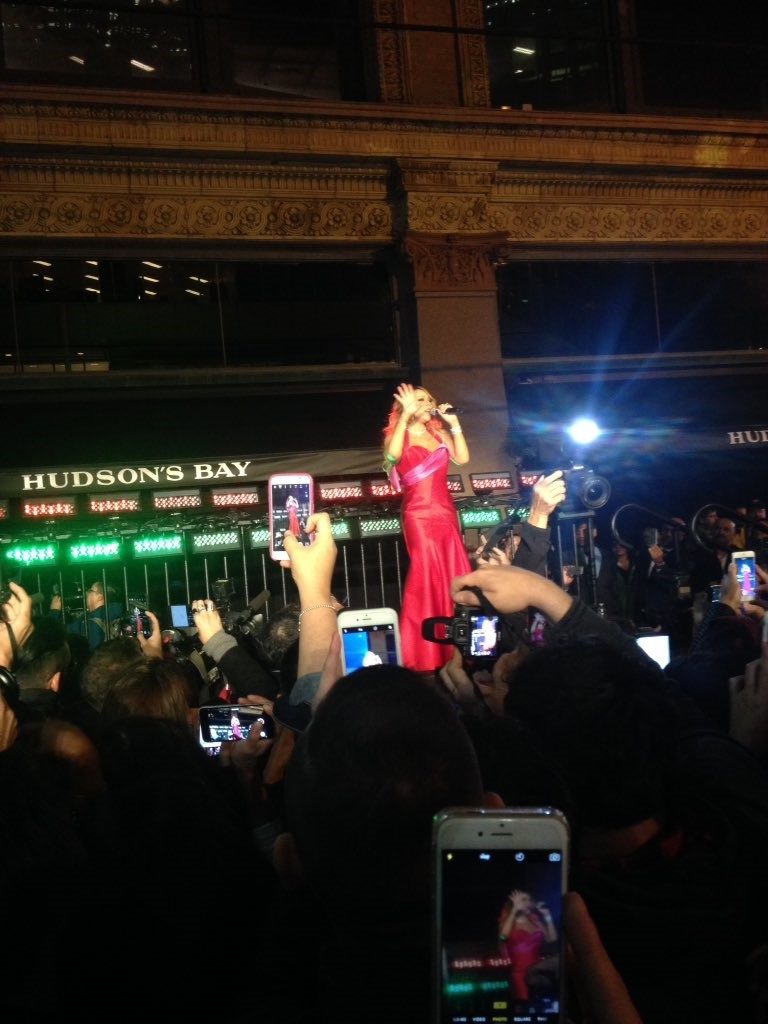
Creating memorable experiences is a major retailer responsibility to curate demand, considering consumers know that there is always a deal happening somewhere.
Millennials in particular, drivers of the global economy, generally believe the experience is just as important as the product.
Retailers need to turn to technology to improve the already hectic holiday shopping experience if they hope to boost sales. Self-service technology like in-store kiosks to help with navigation or stock checks (e-catalogs), or express checkout services are all ways that retailers can engage consumers in store and win this holiday season.
Want to learn more? Connect with our team at sales@clearpier.com
Why are Brand Marketers Turning to Performance?
The bottom line for brands is that Performance provides true, measurable KPIs where ROI tracking wasn’t possible before.
Last Thursday, AdExchanger published an article about how one brand is shifting attention to Performance.
Namely, Reebok is beginning to explore how Performance can help them garner more measurable results in their US marketing strategy. David Oksman, Reebok’s Head of US Marketing, stated that Performance is increasingly entering Reebok’s brand equation, largely because of its ability to map audiences through their sales funnel.

Tracking audiences and understanding how deep they are in the sales funnel and moving them through your CRM not only allows for potential retargeting and more precise messaging, but also helps close the ‘leaky’ funnel one might have with content or brand engagement alone.
Indeed, on Performance Oksman stated “we make sure that we’ve got objectives and KPIs set up not just at the top of the funnel, but across the entire consumer purchase funnel, in order to maximize content.” He added, “The content [Reebok is] creating as well as the dollars we’re spending on media are really just about finding the right efficiencies in order to maximize reach. The balance of content creation and media investment is something we’re thinking hard about.”
Brands are beginning to demand more attributable results and accountability from their campaigns. And with that demand, more forms of media – paid content, ads, and TV – are becoming measurable beyond just engagement.
With such pivotal news we asked Debrani Ghosh, Programmatic Client Services Director at ClearPier, what her thoughts were on the growing shift.
What are your thoughts about brands shifting gears towards Performance?
The bottom line for brand advertisers is that Performance provides true, measurable KPIs where ROI tracking wasn’t possible before. But it’s effecting more than just our ad strategies.
Performance is also changing the client-vendor relationship in many ways as well. We’re seeing brands demand more from their campaigns and they’re doing so by putting vendors in the spotlight to be the main ROI drivers.
And as a result, vendors have to step up their game across data and insights capabilities, technology, client services and education to stay competitive.
Is shifting to Performance a smart move?
Absolutely. What’s the point in spending your ad dollars without measurable KPI objectives? Performance coupled with data encourages results and helps reduce waste compared to traditional methods.
For example when brands work with ClearPier on a Performance basis, we’re able to identify your potential consumers beyond site demographics, down to the page level with first-party data layering. So the result is you don’t have to spend time or money in the prospecting stages to gather more info. It’s also a controlled environment because of our direct relationships with each publisher, so beyond Performance, clients are also assured brand safety.
Does the future of all marketing belong to performance?
E-commerce trends indicates that an estimated $34 Billion will be spent online by Canadians alone this year. Worldwide, retail e-commerce sales will reach $1.9 Trillion this year. The rise in e-consumption will dictate changes in marketing budgets globally as well.

And if brands are demanding more results, you can bet that they’ll also be shifting more of their marketing dollars towards Performance.
Want to learn more? Connect with our team at sales@clearpier.com
Is Branding Versus Performance an Outdated Notion?
Advertisers are shifting towards a blended approach, combining the strengths of one with the other.
What is the difference between performance and brand marketing? If you’re like me and have been working in the adtech/agency world, you know that performance and brand-based marketing teams approach advertising differently. Skill sets vary as well with agency folk generally deemed more creative, whereas performance marketers are seen as analytics focused.
The Brand Tradition
Branding has always been a high-cost but poorly measured tradition. There is no denying the persuasive powers that creative campaigns have over consumers, but at what cost?
Take for example Dove’s “Campaign for Real Beauty” launched by Unilever in 2004. The campaign tackled two goals: sell more Dove soap and change the way we as a society think of beauty. The campaign has been cited repeatedly as groundbreaking and bold. More than ten years after it originally ran, we still remember it.

Dove’s campaign has become an iconic part of a cultural shift in the way we think of beauty and self-love. Jennifer Bremmer, Unilever Marketing Director, has stated that in a survey conducted ten years post-campaign, three times as many women felt they were responsible for their own definition of beauty than the 23% the global survey in 2004 found (AdAge).
Dove’s sales increased from $2.5 billion to $4 billion during the campaign’s run.
So we know that brand campaigns work since overall sales increase or decrease indicates a campaign’s level of success. But brand campaigns are still notoriously difficult to track on a more granular level and therefore optimize.
And while this is one example of a successful brand campaign that drove sales, Unilever reportedly allocated over $8 billion in 2014 alone to its global advertising budget. That’s a lot of money. A lot of which has traditionally gone towards TV, of which the results are nearly impossible to track. Just because a lot of people saw that $8 million “America is Beautiful” Coca-Cola spot that ran during the 2014 Super Bowl, doesn’t mean everyone went out and immediately bought a Coke.
The Performance Path
When it comes to performance marketing, tracking is an essential part of all executions. Compared to brand campaigns, which are more about building relationships with consumers, direct response is all about making the immediate sale.
High-performance campaigns where clear goals are set and ROI easily measured are valuable to marketers trying to squeeze more out of their ad budgets.
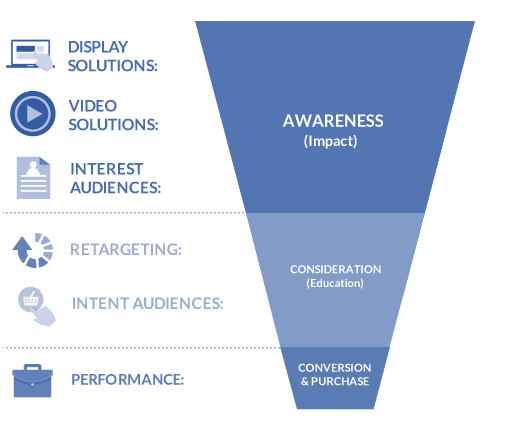
The amount and quality of data and programmatic technologies available to performance marketers that enable them to target “the right ad at the right person, at the right time and place,” across screens are invaluable.
Performance goes beyond broad demographics, it relies on audience behavior, contextual data for precise targeting, and the ability to optimize and iterate efficiently across channels.
And while historically branding and performance have functioned separately, times are changing.
The Need for a Blended Approach
Unilever may have an $8.3 billion ad budget (2014), but nearly a quarter (24%) of its global spend goes towards digital (Business Insider). More recently, the company has worked on cutting ad spend by using a “zero-based budgeting” model that forces brand managers to “start from scratch to justify marketing and other outlays,” before more budget is assigned (AdAge). Sounds a lot like testing from a performance standpoint, no? In any case, the same approach is being executed for other brands including Heinz and Kraft.
Nike and its diverse array of athletic-wear lend itself to both brand and performance marketing.
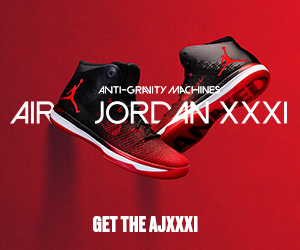
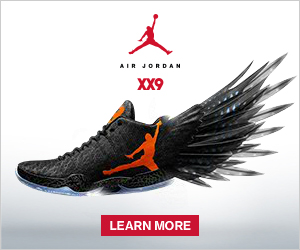
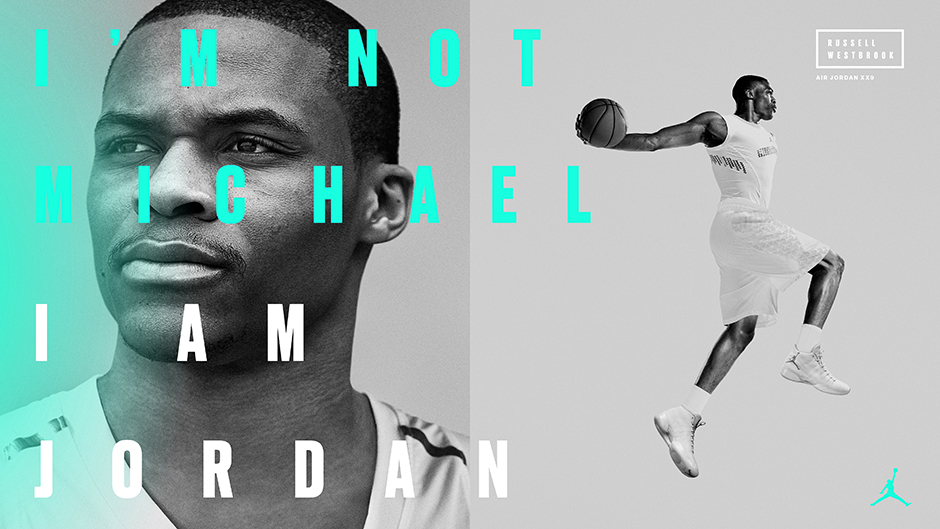
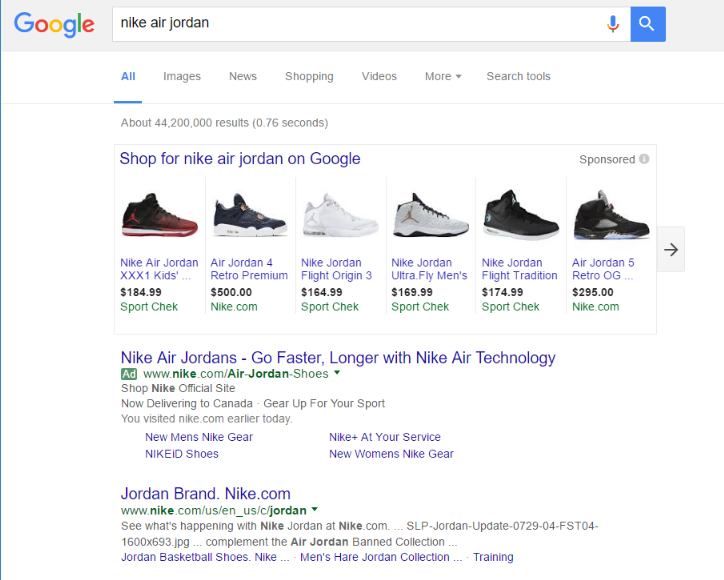
Advertisers are shifting towards a blended approach, combining the strengths of one with the other to maximize reach, engagement, and measurable results. With consumers engaging with media across so many different devices and channels, often simultaneously, we can no longer treat branding and performance separately. They are two sides of the same coin.
A blended performance and branded approach, where technology enables superior targeting and strong creatives, helps cut through to audience resulting in better user experiences.
Ultimately, this will help advertisers overcome the threat of ad blocking that has become so prevalent in 2016. Delivering simultaneously relevant and entertaining ads for display and mobile is only the beginning. Once we acknowledge that the division between performance and brand advertising is an outdated way of thinking, we’ll be able to see new opportunities in video in the ongoing digital evolution.
Want to learn more? Connect with our team at sales@clearpier.com
The Top 3 Emotion Driven Campaigns at the Rio Olympics
A look back at the 2016 Rio Olympic Game’s best branded campaigns to inspire us to be better marketers.
Seldom does a spectacle come along that draws as many eyes as the Olympics. It is an extraordinary feat to garner the attention of millions, and inspire such raw emotional reactions from around the world simultaneously.
Although Nielsen ratings have reported that U.S. television viewership numbers for this year’s Olympics were significantly lower than years past, there is no denying that brands made big waves digitally. Just over 27 million viewers tuned in to Rio’s opening ceremonies compared to the 40.65 million viewers of the 2012 London Games (CNBC). The near 30% decline in television viewers may be frustrating news for networks, but is indicative of a larger shift in the ways people are engaging with media, globally (Variety).
For marketers, the shift in screens from TV to digital is worth taking note. Although the games have officially ended now, advertisers should be re-examining the ways in which top brands leveraged the Olympics creatively and across screens.
We look back at the 2016 Rio Olympic game’s best brand executions that reached the podium, and inspires us to be better marketers.
1. “Unlimited” by Wieden + Kennedy Portland for Nike
Nike’s “Unlimited” campaign, which hails the everyday athlete as heroes, was ranked by Google as the most memorable campaign of the games. Among the top 12 brands that Google tracked that aired ads during NBC’s broadcast, Nike topped the list with 3.5 billion total impressions.
One of the most meta and most interesting video ads was “Unlimited You” which has garnered nearly 36.5 million views to date on YouTube. The spot shows how to inspire viewers by imagining the ordinary as extraordinary while maintaining viewer attention through the use of hyperbole. Featuring house-hold sports names like Serena Williams, Kevin Durant as well as those not so well known, the video reminds audiences that there are no limits. With Star Wars: The Force Awakens actor, Oscar Isaac, added into the mix as a fourth-wall breaking narrator, Nike’s “Unlimited You” gave a fresh take on the typical “inspiration sports ad.”
2. #ThatsGold by Ogilvy & Mather Brazil for Coca-Cola
Coca-Cola is no stranger to the emotional-sell. From its iconic “I’d Like to Buy the World a Coke” commercial in 1971 – often cited as one of the most well-known ads of all time – to its “Open Happiness” campaign in 2011, Coca-Cola isn’t just a drink, it’s a feeling. Whether it’s a feeling of hope, peace, joy, or overwhelming achievement, you always “Taste the Feeling” with Coca-Cola.
The brand’s global Rio Olympics campaigns is no different. The “#ThatsGold” campaign is all about the thrill of winning starring 79 athletes of varying disciplines from 23 countries. An appropriate angle that reminds us that the Olympics is what it is – a competition.
Coca-Cola has been sponsoring the Games since 1928, but what’s interesting about this year was the brand’s ability to up audience engagement by tapping into real-time brand moments through social media. The #ThatsGold hashtag helped both its marketers and fans to capture relevant gold moments. In doing so, Coca-Cola illustrates how to get in front of audiences and get them engaged across multiple channels.
3. #DoWhatYouCant by Leo Burnett Chicago for Samsung
Samsung’s “Do What You Can’t” campaign is a powerful example of emotional selling. The campaign features six main athletes from around the globe that have defied impossible odds to be able to make it to the Olympic stage including Tom Daley of Great Britain, Shelley Watts of Australia, and Gabriel Medina of Brazil. The campaign also demonstrates the inspiration that comes from imagining a united world in full harmony, as seen in “The Anthem,” which has been viewed 29.8 million times on You Tube already.
One of the most moving ads, however, is “The Chant” featuring South Sudanese track star Margret Rumat Rumat Hassan for Samsung’s new cord-free IconX earbuds. Considering the fact that South Sudan was not yet recognized as a country just five years ago, Hassan’s achievement story – a symbol of South Sudan’s achievements – are what makes this ad so powerful. 2016 was the first time the country participated in the Olympics.
From the idea that barriers are made to be broken, to the feeling of winning; Nike, Coca-Cola and Samsung’s global campaigns for the Rio Olympics were hugely successful. They’re gleaming examples of how to make the emotional-sell work for today’s digital, multi-channel audiences. The challenge for marketers is to continue to reach the right audience and inspire them, no matter the channel. When it comes to sports related campaigns always remember: playing on the viewer’s heart strings is what brings home the gold.
Want to learn more? Connect with our team at sales@clearpier.com



